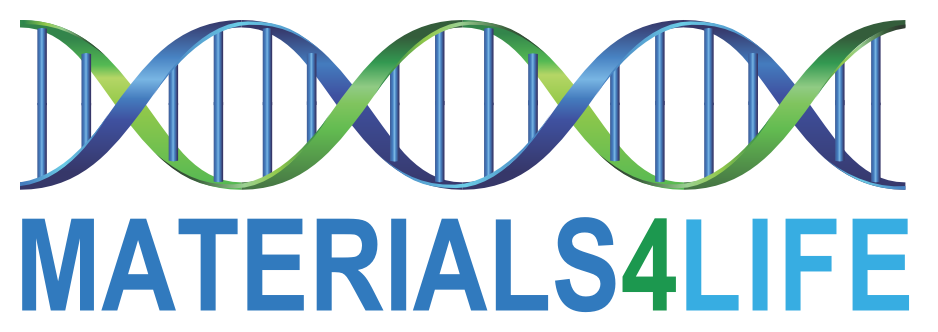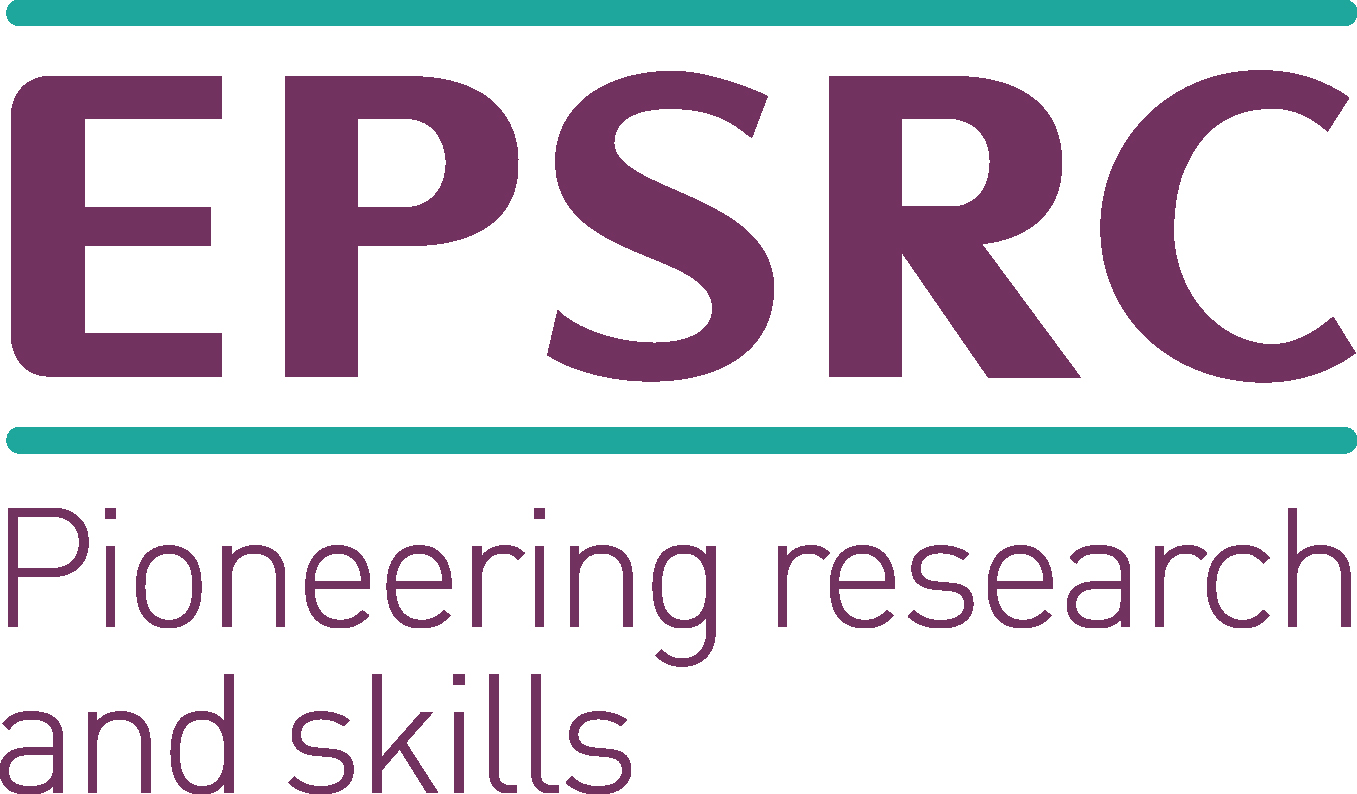Innovative construction materials - the art of the possible
This is a free seminar to discuss issues that construction practitioners have when choosing sustainable and resilient materials for their projects. It will also explore how innovative materials could be applied in construction projects in light of the findings of the Materials for Life (M4L) project.
If you are interested in attending, please email your full contact details to [email protected]
Background
The resilience of building and civil engineering structures is typically associated with the design of individual elements such that they have sufficient capacity or potential to react in an appropriate manner to adverse events. Traditionally this has been achieved by using 'robust' design procedures that focus on defining safety factors for individual adverse events and providing redundancy. As such, construction materials are designed to meet a prescribed specification, material degradation is viewed as inevitable and mitigation necessitates expensive maintenance regimes.
The Materials for Life (M4L) project team have developed a multi-scale self-healing system in concrete using a range of interdisciplinary technologies. This will include both autogenous and autonomic self-healing materials and adaptable, self-sensing and self-repairing structures. The EPSRC funded project is a collaboration between Cardiff University, University of Cambridge and University of Bath. The project has investigated individual and combined healing techniques in the laboratory and at the field-scale. The individual healing techniques address damage at various length and time scales. These include encapsulating healing agents, bacterial healing, crack closure using shape memory polymer tendons and repeated supply of healing agents through vascular networks. Amalgamating these techniques to form a multi-scale healing system has shown to improve the overall healing efficiency with respect to strength recovery. Costain, the project’s industrial partners, have built a full-scale concrete structure in South Wales, which includes 5 wall panels incorporating different combinations of self-healing techniques. This project has been an important step in evaluating the feasibility of self-healing concrete.
In order to allow practitioners to make informed choices and take advantage of more innovative construction materials, there is a need for all stakeholders to understand the benefits and limitations of using these new approaches. Future research needs to take account of the current barriers to the adoption of innovative materials and invite people across the industry to take part in shaping the research agenda in this field.
Why attend
This seminar will :
-
discuss issues in regards to how appropriate materials are chosen for construction projects
- highlight problems with using new and innovative materials e.g. Self-healing materials
-
present the results from the M4L project and how these might influence the application of self-healing materials
-
explore ways in which construction materials could be more resilience to climate change
-
provide opportunities to network with regulators, clients and other professional advisors.
Programme
09.30 Registration
10.00 Welcome and introduction
10.10 The benefits of innovation – a contractor’s perspective
Oliver Teall, Costain
10.30 What are biomimetic self-healing construction materials and where now?
Bob Lark, Cardiff University
10.50 The need for smart, sustainable construction materials - a client’s perspective
Paul Morris, Tideway
11.10 Questions and discussion
11.30 Coffee Break
11.50 What is required from design codes and specification for concrete –
barriers and challenges for new materials
Jenny Burridge, The Concrete Centre
12.10 A consultant’s point of view- opportunities for novel materials?
Raghuraj Pandya, Atkins
12.30 A contractor’s point of view – challenges with using novel materials
Dr Howard Jeffrey, Skanska
12.50 Questions and discussion
13.10 Lunch
13.50 Workshops - Addressing the barriers to innovation for self-healing
materials and other construction materials
-
Making the business case - Cost and benefits (M4L case study)
-
How to be included in specifications – CE markings, EN and BS standards
- Attitudes to risk / contractual barriers / cultural changes in organisations
15.30 Reporting and discussion
16.15 Close
Who should attend
Infrastructure clients, developers, house builders, LA, contractors, consultants, regulators, insurers, building material specialists
Partners


When
Wednesday 20 July 2016
10.00 - 16.15 (Registration from 9.30)
Where
The Royal Society of Chemistry, Burlington House, Piccadilly. London, W1J 0BA
Booking
To register for this event please contact Patrick Williams on 020 7549 3300. Your completed booking form can be returned by post or email to Patrick Williams.